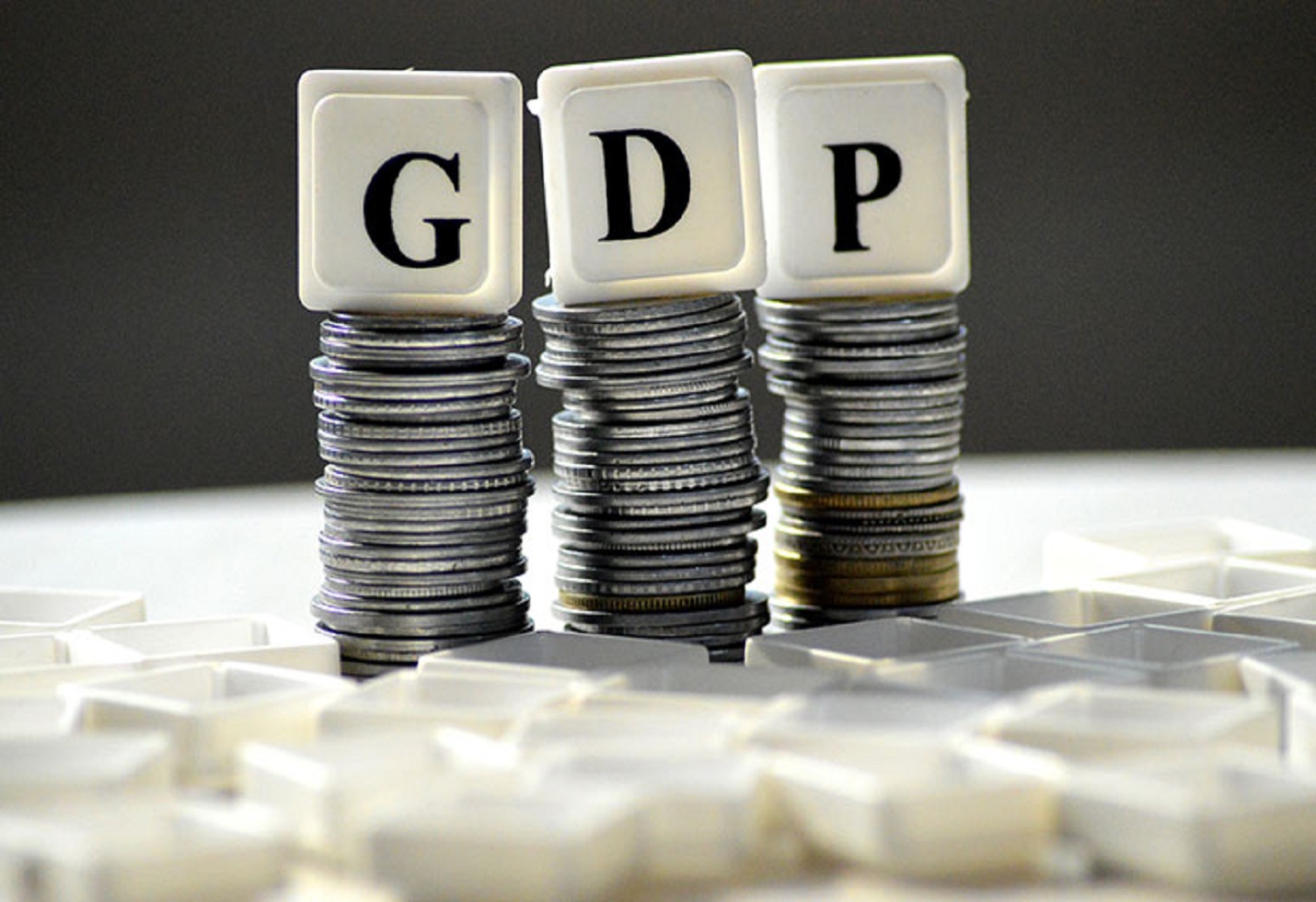Record-breaking CPCU Conversions Propel Affle India’s 21.06% Revenue Growth
Company Name: Affle India Ltd | NSE Code: AFFLE | BSE Code: 542752 | 52 Week high/low: 1,244/866 | CMP: INR 1,244| Mcap: INR 17,439 Cr | PE: 66
Company Overview:
Affle India is a leading IT company engaged in providing mobile advertisement and software development services. The company operates in two business segments: Consumer Platform, delivering consumer recommendations and conversions through relevant mobile advertising, and Enterprise Platform, enabling offline businesses to go online through app development, O2O commerce, and data analytics. Affle India has a robust global reach in North America, Japan, Korea, and Australia.
Consumer Platform Thrives, Enterprise Platform Faces Challenges
In Q2FY24, the cost per converted user (CPCU) business model drove 92.9% of revenue, with the Consumer Platform segment growing 16.61% YoY. The Enterprise Platform revenue declined by 23.24% YoY, resulting in a standalone revenue surge of 15.51% YoY. The robust growth in the CPCU business model offset the slowdown in the enterprise platform segment during the quarter.
Record-breaking CPCU Conversions Propel Revenue Growth
During the quarter, the CPCU business achieved 72 Mn conversions, compared to 64.7 Mn in the same quarter last year. The average CPCU rate was 55.6 Rs, contributing to robust revenue growth of 21.06% YoY, reaching 400 Cr in Q2FY24.
Resilience Amid Challenges: Impact of Online Gaming and Fintech
Despite a combined impact of about Rs. 250 million from online gaming in India and the Fintech vertical in developed markets, the company delivered its highest revenue and EBITDA ever in this quarter and in the CPCU business. Regulatory changes towards the applicability of GST in the online gaming industry in India caused a pullback effect of about Rs. 110 million.
Valuation and Key Ratios
As of now, the stock trades at a multiple of 66x earnings per share (EPS) (TTM) of Rs 19.8, with a market price of Rs 1,244. The stock is valued at 10.4 times its book value of Rs 120 per share. In terms of EV/EBITDA, the company ranks 4th with a multiple of 46.61x, compared to the industry median of 17.88x. The trailing twelve-month return on equity (ROE) and return on capital employed (ROCE) stand at 18.5% and 20.2%, respectively. The interest coverage ratio is robust at 20.2x, indicating the company’s solvency.
Q2FY24 Result Update: Standalone
➡️In Q2FY24, standalone revenue grew 15.51% YoY (-2.41% QoQ) to 134Cr, driven by robust growth in the CPCU business.
➡️Consumer platform segment reported revenue of 131 Cr, growing 16.61% YoY, while the enterprise segment showed a slowdown in revenue by 23.24% YoY, resulting in a 15.51% growth in standalone revenue.
➡️EBITDA surged 25.16% YoY (+20.39% QoQ) to 21 Cr, driven by the consumer platform segment. EBITDA margin improved 120 bps YoY and 300 bps QoQ to 15.86%.
➡️Operating profit (EBIT) increased by 27.59% YoY (+22.83% QoQ) to 19 Cr, with an EBIT margin jumping by 130 bps YoY and 290 bps QoQ to 14.33%.
➡️Profit after tax (PAT) saw a remarkable surge of 22.69% YoY (+16.63% QoQ) to 18 Cr, and the PAT margin expanded by 80 bps YoY and 220 bps QoQ to 13.58%.
➡️Earnings per share (EPS) for the quarter stood at 1.30 Rs, compared to 1.11 Rs in the previous quarter.
Conclusion
Affle India’s Q2FY24 results reflect a strong performance driven by the robust growth in the CPCU business model, offsetting challenges in the enterprise platform segment. Despite external impacts from online gaming and Fintech, the company achieved its highest revenue and EBITDA, showcasing resilience and adaptability. The valuation and key ratios underscore the company’s solid financial standing. Affle India continues to demonstrate its position as a leading player in mobile advertising and software development services.
The image added is for representation purposes only










